In order to protect its customers from high import fees, Apple shipped an impressive amount of products, including iPhone, to the US from over seas, with very little notice. Here's how it did it.
Big Tech is projected to be one of the industries hit hardest by the Trump Administration's newly instated tariff plan. Apple alone is projected to take a $33 billion hit, a number much higher than anyone — including Apple — would have expected.
Apple may not have anticipated getting hit as hard as it did, but that doesn't mean it sat idle. In fact, some quick thinking may have bought it a little more time.
In the last week of March, Apple shipped five flights worth of Apple products in three days to the US, in hopes of stocking its warehouses. Any other year, this would have been a slow shipping season for Apple as it started to wind down the current-year products, and start manufacturing the September releases.
"The reserves that arrived at lower duty will temporarily insulate the company from the higher prices that it will need to pay for new shipments under the revised tax rates," a source told The Times of India.
The products came from both China and India. Allegedly, Apple's US warehouses are stocked for several months ahead.
On April 2, or "Liberation Day" as President Trump called it, a new assortment of "reciprocal" tariffs was applied against every foreign country in the Apple supply chain. While there's a minimum 10% tariff on all goods entering the United States, imports from China were hit with a 54% tariff.
And, a Monday announcement by the president threatened another 50% application, should China not back down. That would bring tariffs to 104%.
While the Trump administration says that tariffs are paid by the country that the goods are exported from, that's not the case. Instead the importing company pays the tariffs, and they then, in turn, generally pass that cost to the consumer.
That hike is set to devastate the consumer goods market, driving up prices for the end consumer. The iPhone 17 Pro is already predicted to cost more than $2000 because of it.
But the next-generation iPhones aren't the only thing that could see price increases. If Apple's stockpile were to dry up, the iPhone 16, which currently retails for $799, has been predicted to jump to more than $1140, which is more than the price of the current iPhone 16 Pro.
 Amber Neely
Amber Neely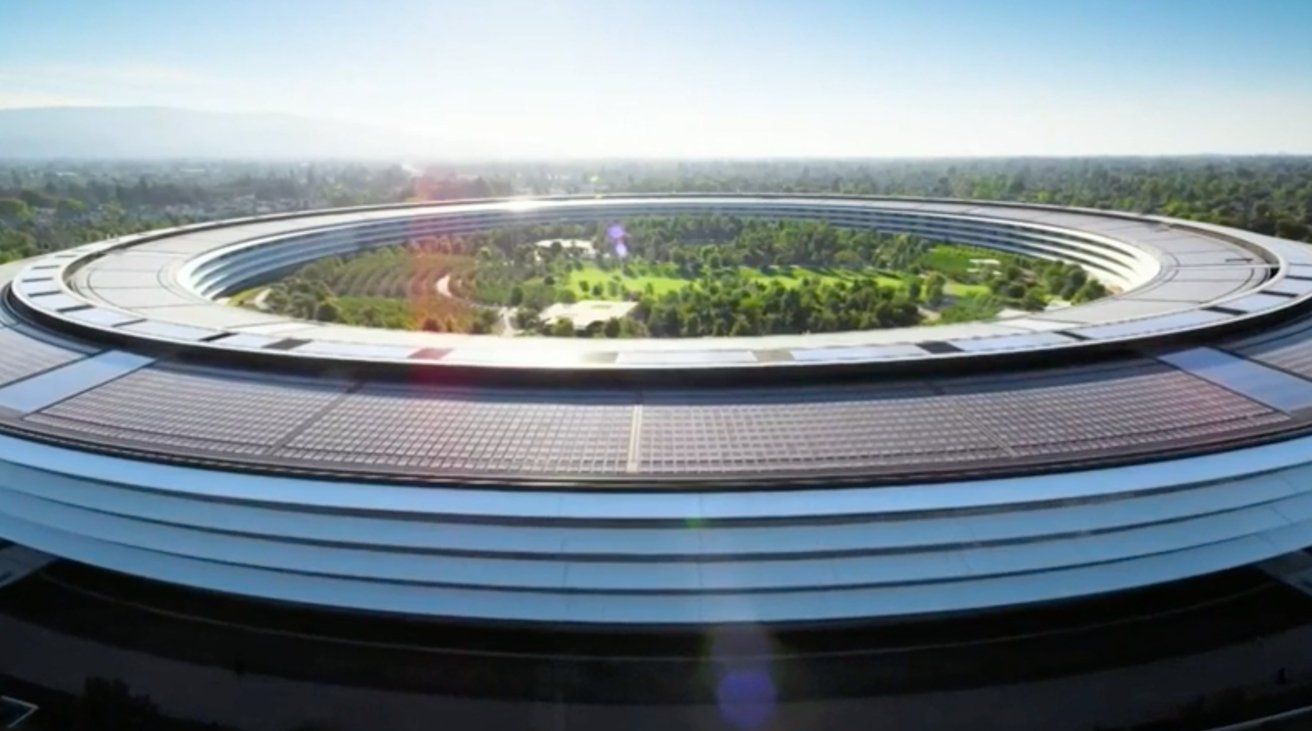

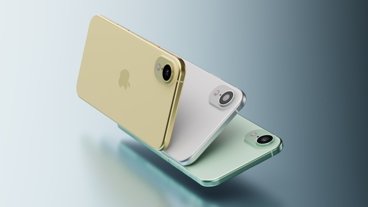
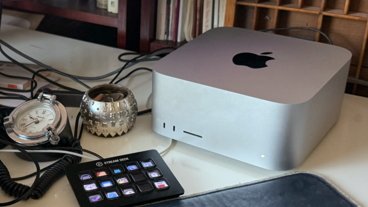


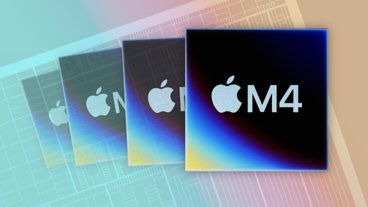

-m.jpg)

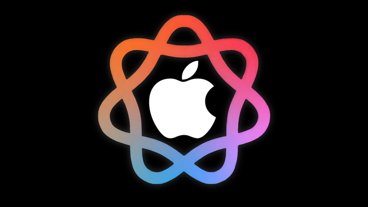




 Malcolm Owen
Malcolm Owen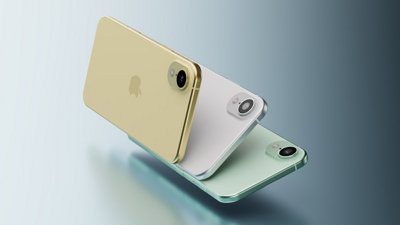
 Marko Zivkovic
Marko Zivkovic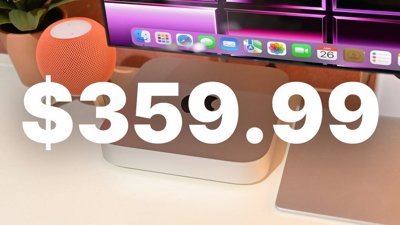
 Christine McKee
Christine McKee
 Andrew Orr
Andrew Orr
 Andrew O'Hara
Andrew O'Hara
 William Gallagher
William Gallagher
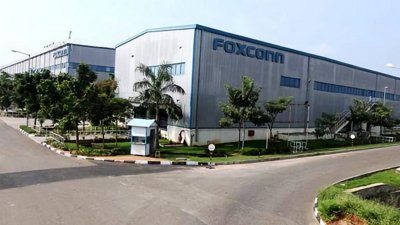
 Mike Wuerthele
Mike Wuerthele


-m.jpg)

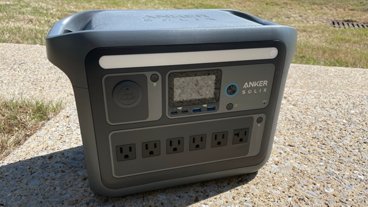

20 Comments
Very simple in concept: return production to the U.S., although hasn't been done for years. Remember the Fremont plant…
Apple should provide transparency about the impact of tariffs on prices by breaking out the tariff cost on receipts, kind of like how the effects of a sales tax are presented.
If companies do that, it will clarify for customers the effects of Trump's tariffs. That might make it harder for Republicans to toe the line.